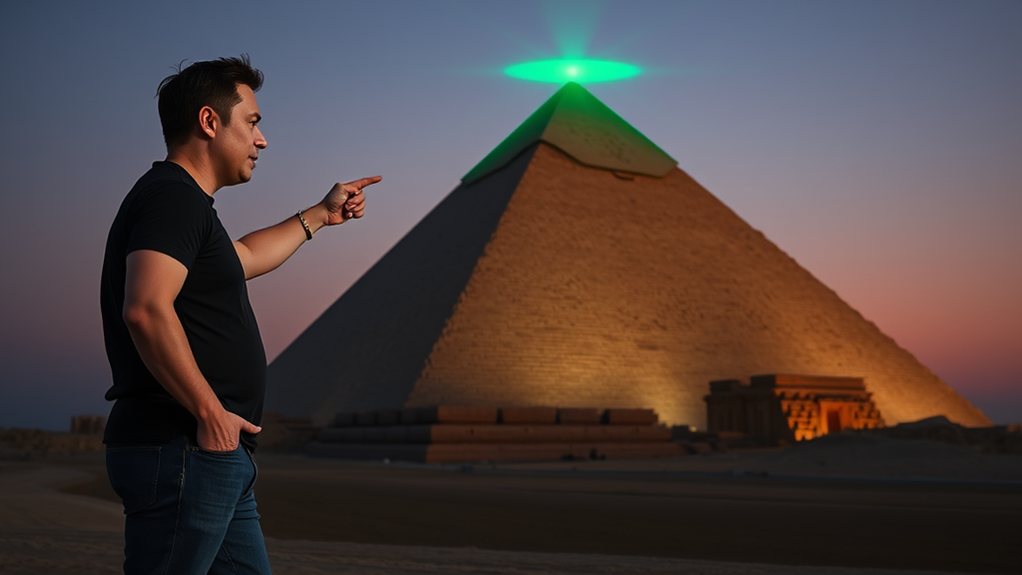
While scientists thought they’d Earth’s ancient organisms neatly sorted into categories, a mysterious giant called Prototaxites has thrown their classification system into question. This massive organism, which grew up to 26 feet tall, lived on land hundreds of millions of years ago and looked like giant tree trunks made of tiny tubes.
You might think something this big would be easy to classify, but scientists have debated what Prototaxites actually was for over a century. Recent research from the United Kingdom, focusing on a species called Prototaxites taiti, has revealed surprising findings that challenge our understanding of life’s categories.
The researchers discovered that Prototaxites doesn’t fit into any known kingdom of life. While many scientists previously thought it was a giant fungus, the new study shows it’s missing key fungal characteristics. They couldn’t find any evidence of chitin or chitosan, molecules that are always present in fungi.
Instead, Prototaxites had three unique features that set it apart. It was built from tube-like structures, contained compounds similar to lignin that made it rigid, and ate other organisms to survive. These characteristics don’t match any known group of organisms alive today.
You’re probably familiar with how life is organized into three main domains: Bacteria, Archaea, and Eukaryotes. Within the Eukaryotes, there are four kingdoms: animals, plants, fungi, and protists. But Prototaxites doesn’t fit into any of these groups, suggesting there might be entire kingdoms of life we’ve never known about.
This discovery is changing how scientists think about life’s diversity through Earth’s history. It shows that some ancient organisms were so different from anything alive today that they don’t fit our modern classification system. The existence of Prototaxites suggests that Earth’s past might’ve been home to many more unusual life forms that we’re only beginning to understand.






